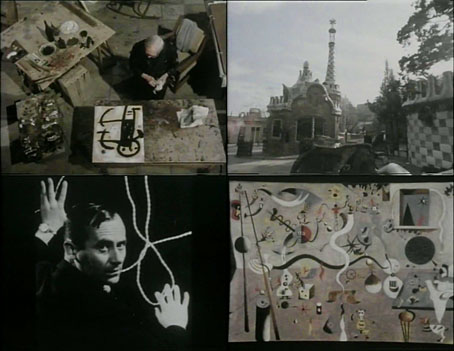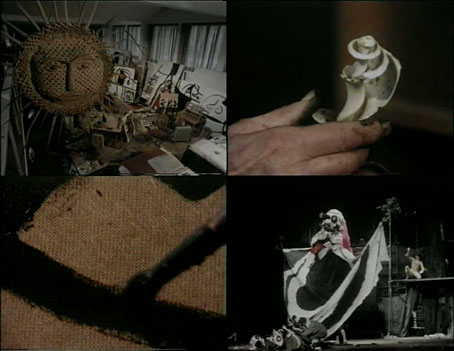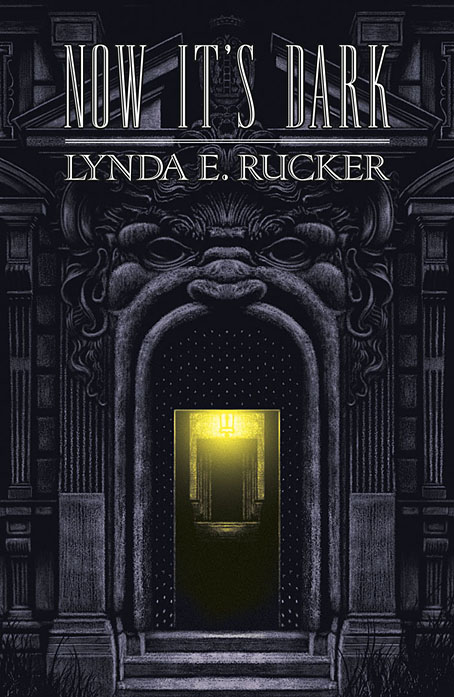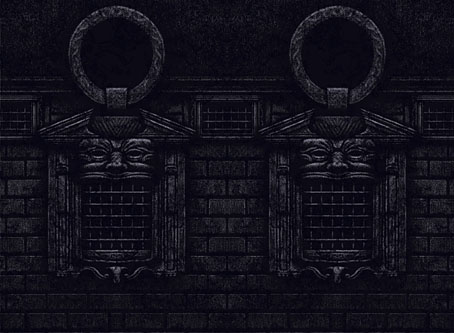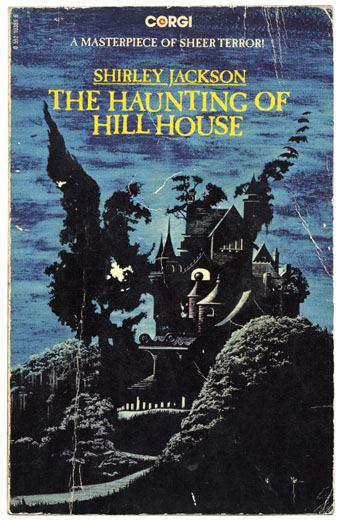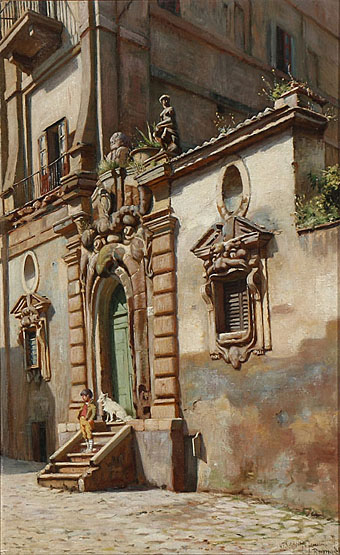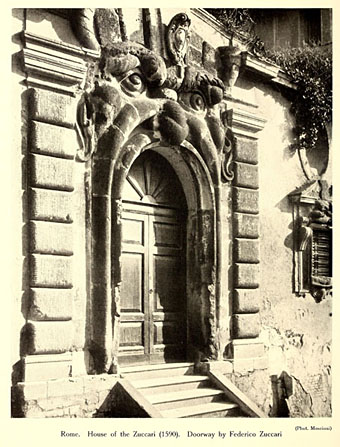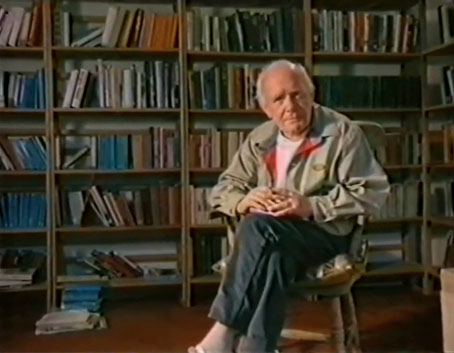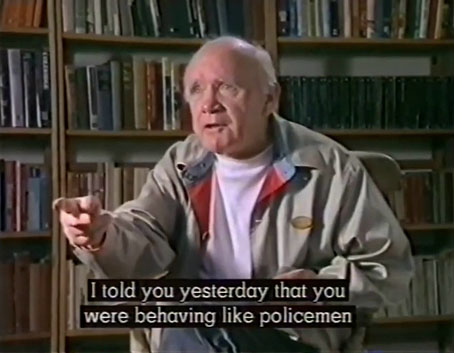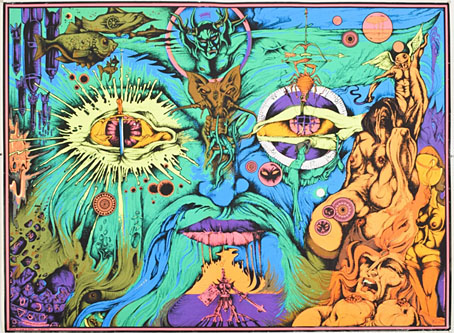More old TV, and something you might call Portrait of the Artist as an Old Man. Miró: Theatre of Dreams is a documentary about the Spanish (or as he might have preferred, Catalan) artist Joan Miró. This was broadcast by the BBC in 1978, and again in 1984, but it’s one I hadn’t seen until now. Robin Lough’s film was the first television profile of the artist in which Miró talks at length with his British friend, Roland Penrose, an artist and writer who did much to champion Surrealism in its early years. Penrose also narrates the film, describing Miró, who he’d known since the 1930s, as “the last of the great Surrealists”. I can imagine another Catalonian artist, Salvador Dalí, who was still very much alive in 1978, having something to say about this opinion. Between the conversations we see rehearsals for a Miró-designed theatrical performance centred around a monstrous Ubu-like tyrant whose character is part folk-figure, part analogue for Francisco Franco. The latter had only been dead for three years after being in power since the 1930s so performances like these were acts of exorcism as much as entertainment.
Penrose was a good writer who enjoyed demystifying modern art; I always recommend his book on Picasso as the one to go for if you’re only going to read a single account of Picasso’s life and work. The observations he makes here about Miró’s early love of the amorphous constructions that Antoni Gaudí created for the Parque Güell in Barcelona are reinforced later when Penrose and Miró are examining some of the objects in the artist’s studio. Miró suggests that the spiral form of an eroded seashell might be used as a model for skyscrapers to replace what he calls the matchboxes of New York City, a proposal which doesn’t seem as fanciful today as it did in 1978. We also see Miró painting on the rough side of a sheet of hardboard while enthusing about the textured surface of the material. This is unusual—most artists, if they use hardboard at all, paint on the smooth side—and, for me, a little surprising. There’s no such thing as right or wrong when it comes to art materials, but I’ve painted on the rough side of hardboard on a couple of occasions, and felt guilty about doing so when it always seemed like a cheap and rather crude alternative to using primed canvas. This is the first example I’ve seen of another artist doing the same. That it happens to be Joan Miró makes me feel better about the whole business.
Elsewhere on { feuilleton }
• The Surrealism archive
Previously on { feuilleton }
• Televisual art
• Max Ernst by Peter Schamoni
• Leonora Carrington and the House of Fear

